Why not look beyond Bali, even beyond Komodo & Raja Ampat, to some of Indonesia’s lesser-known but equally fabulous dive destinations.
1. Halmahera
Halmahera is the largest of the Maluku Islands, in the North Maluku province of Indonesia, between Northern Sulawesi and Raja Ampat. It might not be the easiest place to get to, but all the travel is well worth the adventure as Halmahera is home to some of the highest coral diversity in the world. The dive sites in Weda Bay and the island of Rao are a coral-lovers’ paradise – on a 2008 Halmahera Reef Base Expedition, scientists reported 224 coral species on a single dive site in Halmahera. Best time to visit – March to November.
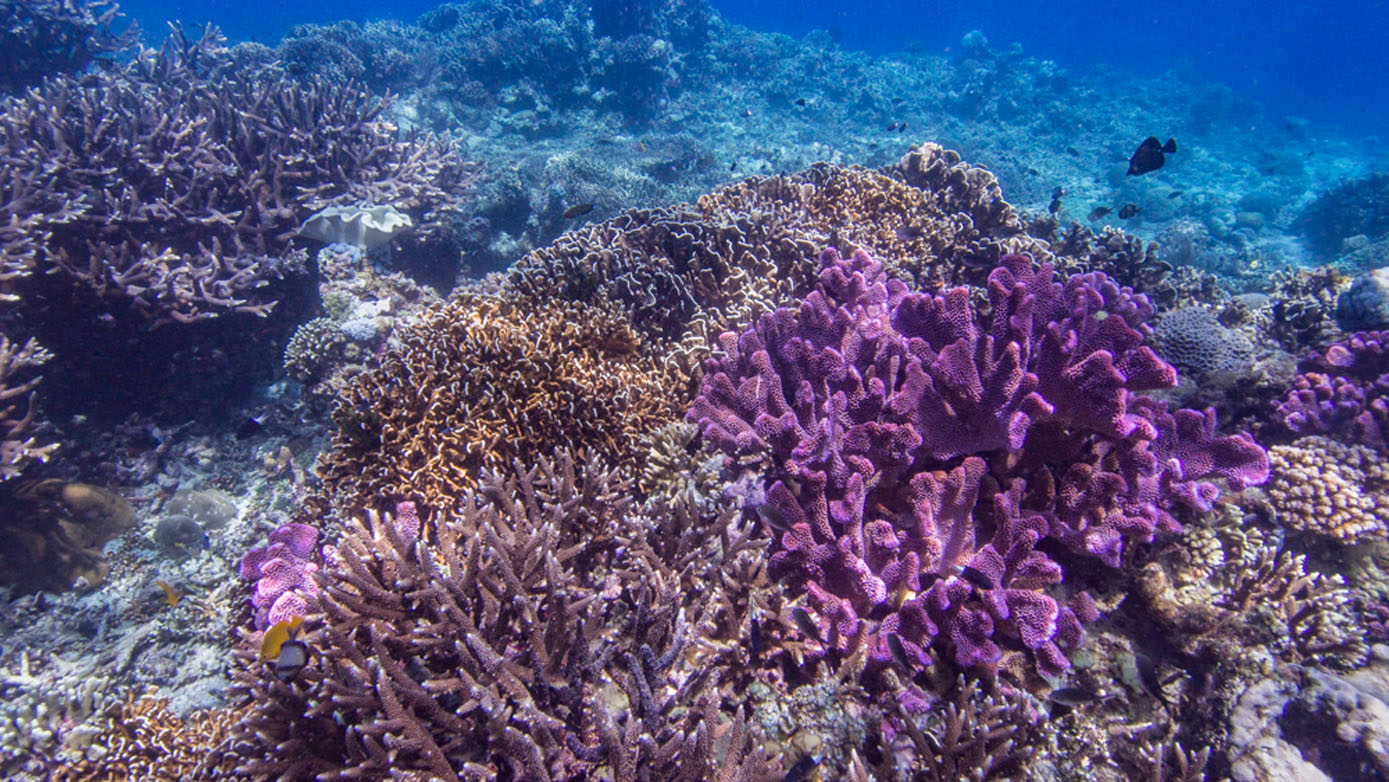
Ambai visits Halmahera in July and August, the Amira in February and March, the Pindito in June, Raja Ampat Aggressor II in June and September, Dewi Nusantara, Damai II in October and the Indo Siren in May.
2. Derawan Islands
Derawan Island, on the east coast of Kalimantan, is building a reputation as the next wild frontier for divers, with crazy pelagic action including turtles, mantas, schooling fish and frequent whale shark sightings. It’s becoming famous for manta hotspot Sangalaki and the so-called ‘Big Fish Country” of Maratua. Add to this a very rare stingless Jellyfish lake on Kakaban Island and you’re up for a pretty exciting diving holiday.
Dive Derawan by liveaboard on Raja Ampat Aggressor II throughout July and August and the White Manta from April through August.
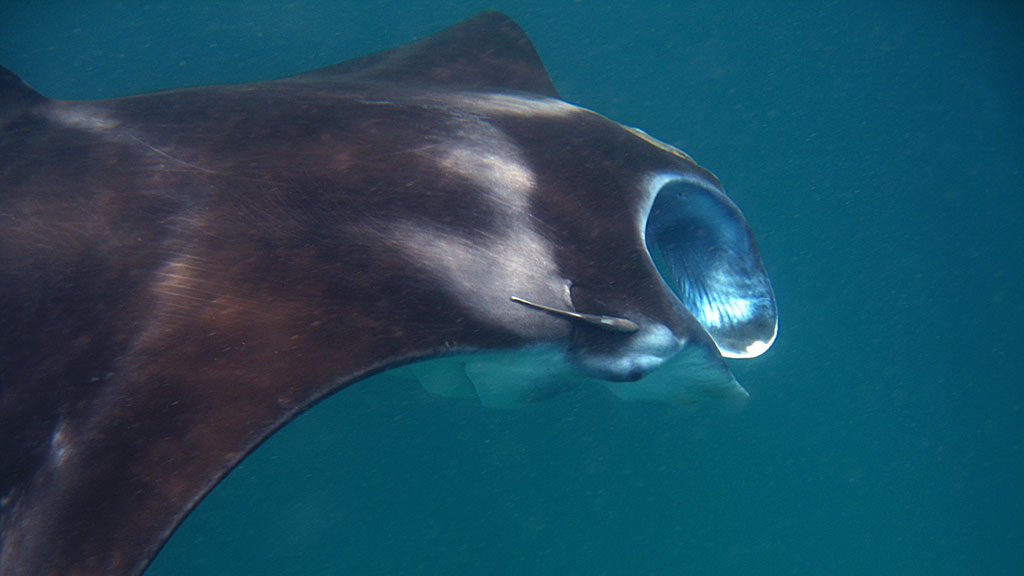
3. Alor
Macro life, coral diversity and schooling fish – with the added bonus of spotting pilot whales and dolphins from your dive boat. There are a wide variety of dive sites in Alor, from muck dives in the bays of Beangabang and Kalabahi, to the always fishy Alor Kecil and the colourful walls of Pulau Reta. The Indonesian government has recently agreed to protect this area in order to secure a safe route for migrating cetaceans as they pass through the straits to their feeding grounds in the deep waters of the Banda Sea.
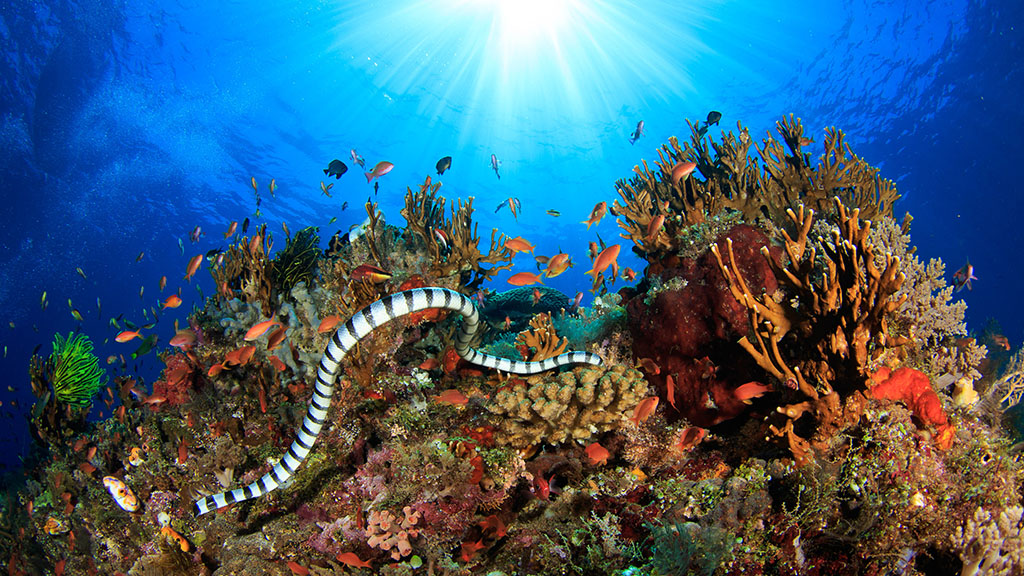
Dive Alor at boutique dive resort Alami Alor, or by liveaboard on Amira or Seahorse in August or the Damai I and Damai II which visit in May and September.
4. Bangka Island and Bunaken National Marine Park
North Sulawesi is more famous for its muck diving – the Lembeh Strait a virtual mecca for macro photographers with its proliferation of weird and wonderful teeny critters. But on the north west coast of North Sulawesi are the stunning soft coral gardens of Bangka Island and the equally beautiful coral walls of Bunaken National Marine Park.
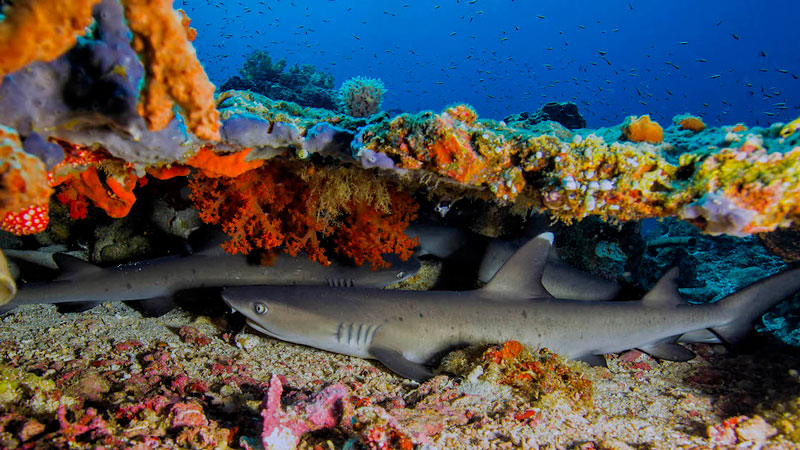
There are a number of dive resorts in Manado that can take you to both Bunaken and Bangka, such as Murex Manado or Thalassa Dive Resort, or you can base yourself on Siladen Island in Bunaken National Marine Park, Bangka Island at Murex Resort Bangka or nearby Gangga Island Resort & Spa. Some resorts offer a two-property package, allowing you to stay in Manado and Bangka, Manado and Lembeh, or even all three. The Tambora liveaboard visits on its crossover trips to Borneo in May and July.
5. Triton Bay
Raja Ampat is a firm fixture on most divers’ bucket lists, but instead of choosing a ‘Best of Raja Ampat’ itinerary near Sorong, why not venture further south east to the less-visited regions of the Forgotten Islands and Triton Bay? The region is known for its colourful soft corals and forests of black coral. Epaulette sharks can be seen walking over the reefs, giant groupers lurk in sheltered spots, schools of jacks and fusiliers dart around in the blue and squadrons of bumphead parrotfish patrol the reef walls. Triton Bay also boasts a resident pod of pilot whales and is famous for whale shark action that approach the ‘bagans’ of fishermen at the surface.
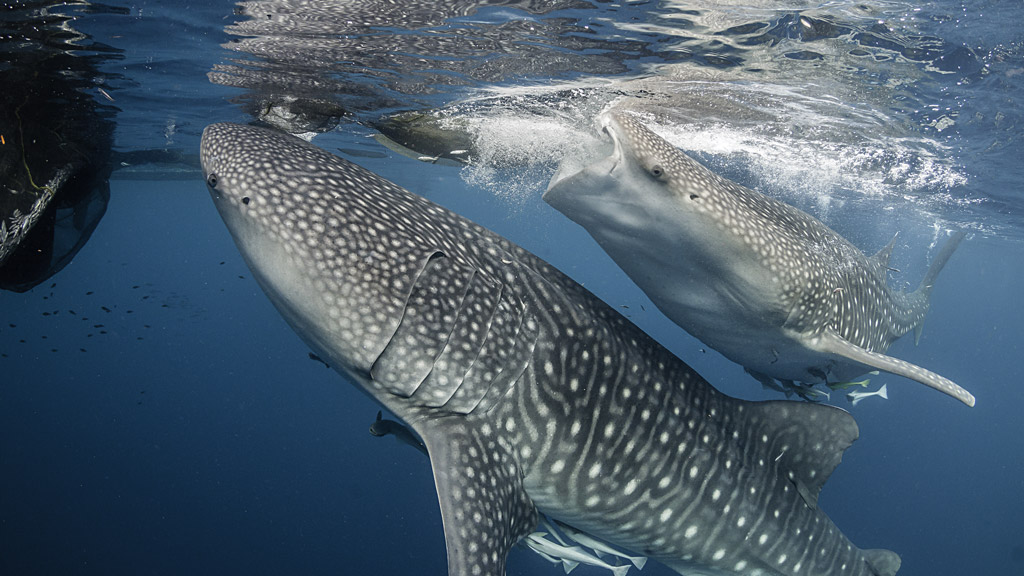
The Indo Siren visits Triton Bay in December, the Dewi Nusantara in March, Damai I in March and October, Damai II in February, March and April, Seven Seas in March, the Pindito in March and April, Ambai in November and Seahorse in February and March.

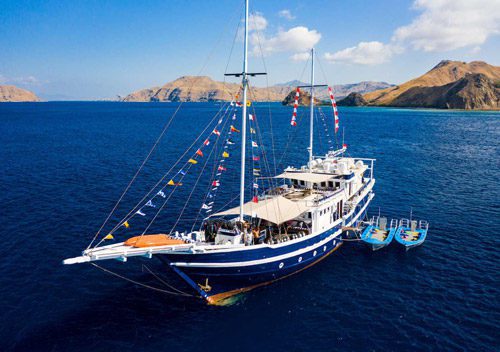
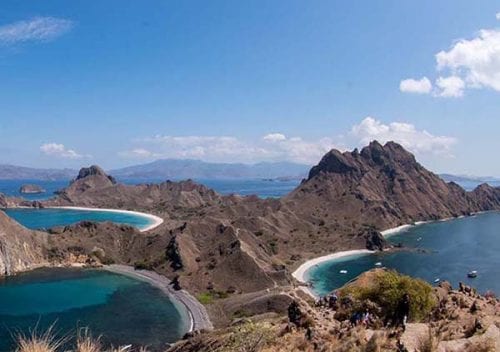
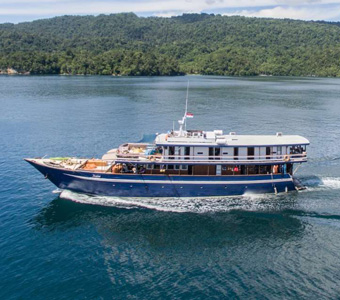
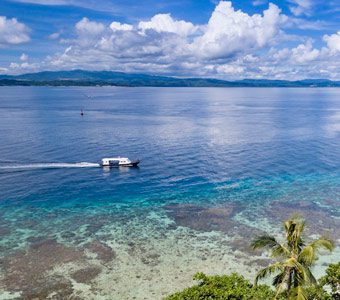
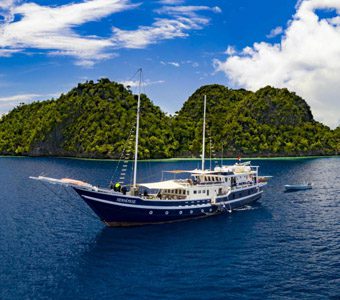


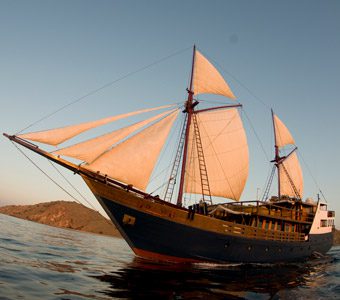
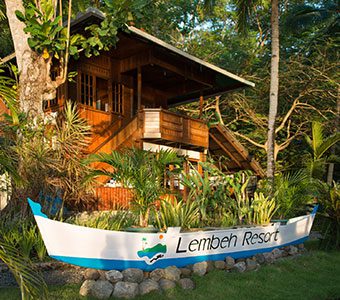

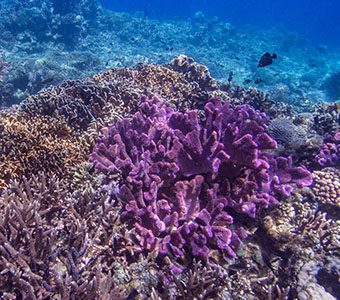
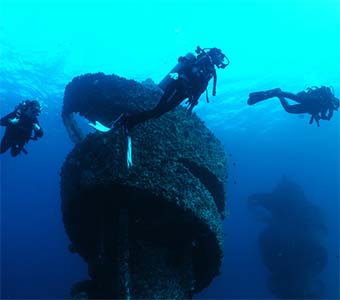

Hey Deb, I am very interested in diving Indonesia. Can you please send me early notice of any proposed trips you may have coming up.
with much thanks, Susie White